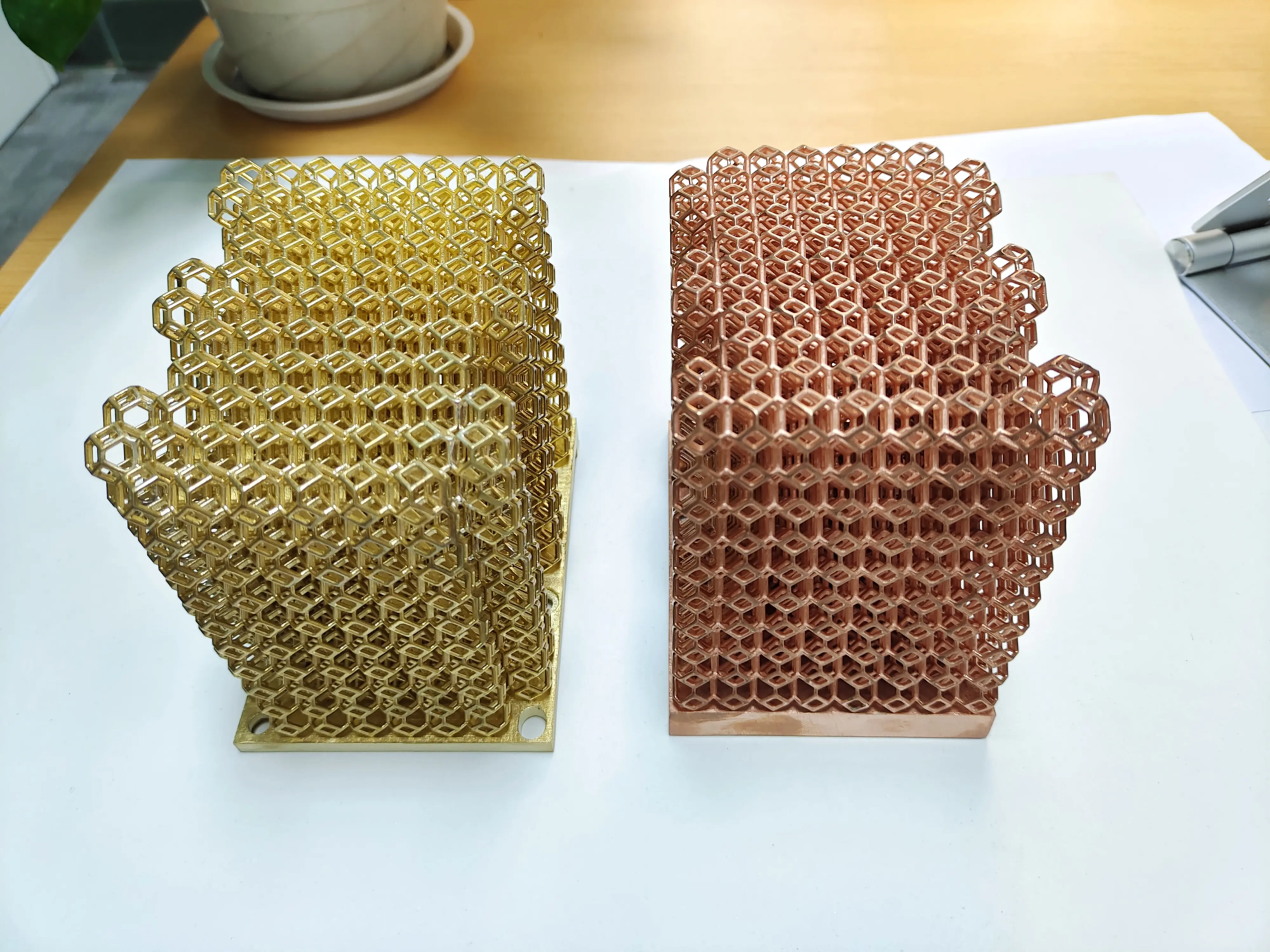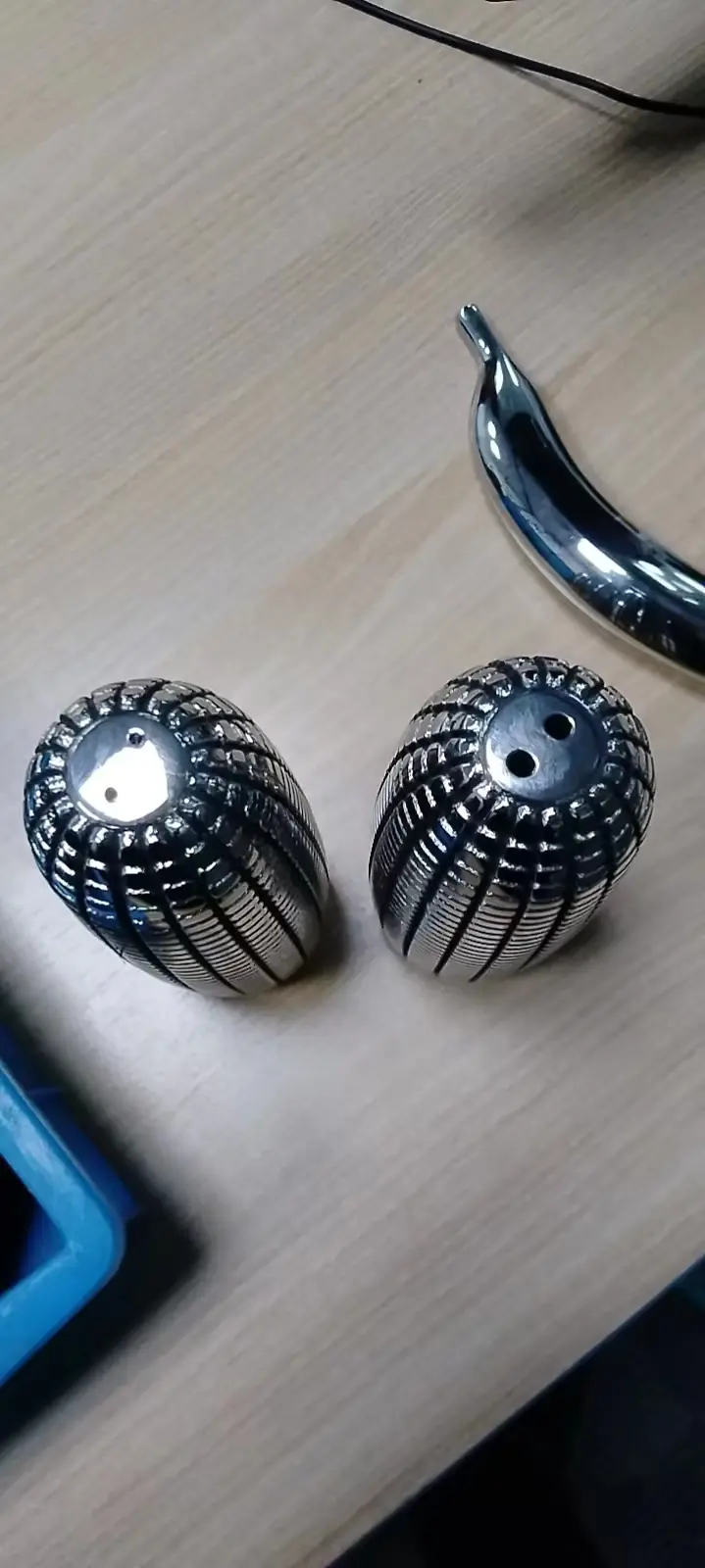introduce
In the high-stakes world of 3D printing, precision and reliability are not just buzzwords, they are the foundation of success. At GreatLight, the leader in rapid prototyping and advanced manufacturing, we recognize that even the smallest components can make the biggest difference. in, ruby nozzle— a literal gem — revolutionizing the way we print abrasive and engineering-grade materials. But what makes this little ruby tool so special? Let’s take a closer look at the science and practical benefits that set ruby nozzles apart.
Ruby Nozzle: The Stealth Engine of High-Performance Printing
The Ruby Nozzle replaces the traditional brass or stainless steel tip on the hot end of a 3D printer with synthetic ruby. This ruby is precision laser drilled to create ultra-smooth, perfectly round orifices that are critical for consistent material extrusion. While brass nozzles wear out after printing with abrasive composites such as carbon fiber or metal-infused filaments, ruby nozzles utilize the extreme hardness of corundum (a family of ruby minerals) to resist degradation.
Key Benefits: Why GreatLight Prioritizes Ruby Nozzles
-
Unparalleled wear resistance
Ruby (synthetic corundum) ranks 9th on the Mohs hardness scale, second only to diamonds. This makes it virtually impervious to wear and tear from reinforcing filaments such as glow-in-the-dark, wood-filled or carbon fiber nylon. At GreatLight, this means extending nozzle life (100 times longer than brass nozzles), reducing machine downtime and ensuring consistent print quality over long production runs. -
Super smooth bore
The laser-drilled ruby hole has a mirror-like finish that minimizes friction as the filament passes through it. This reduces pressure build-up and eliminates "grinding" artifacts and maintain accurate flow rates. For customers requiring ±0.01mm dimensional accuracy in medical or aerospace prototypes, this accuracy is non-negotiable. -
Thermal stability and non-reactivity
Ruby retains its structural integrity at temperatures up to 2,050°C and resists chemical adhesion by polymers. Unlike metal nozzles, it will not oxidize or interact with acidic/alkaline filaments such as PEEK or PEI. This stability allows GreatLight to push printing temperatures to their limits without causing nozzle degradation, which is critical for high-temperature engineering resins. -
Consistent performance at scale
For rapid prototyping manufacturers like GreatLight, printing consistency across dozens of machines is critical. The ruby nozzle eliminates variations caused by nozzle wear, ensuring the output is the same whether you are printing the first part or the fifth. This reliability speeds up iteration cycles and guarantees meeting customer deadlines. - Cost efficiency over time
Although ruby nozzles have a higher upfront cost ($80-$120 compared to $15 for brass nozzles), their longevity offsets the replacement cost. For industrial-scale operations, this can reduce per-part expense and operational disruption. Customers benefit from lower project costs without sacrificing quality.
GreatLight’s Ruby Advantage: Comprehensive Expertise
At GreatLight, we integrate ruby nozzles into advanced SLM (selective laser melting) 3D printers and FDM systems. This isn’t just a hardware upgrade—it’s part of our overall engineering philosophy. When used in conjunction with our ISO-certified post-processing such as CNC machining, annealing or surface polishing, ruby printing enables:
- Near-zero tolerance for deviations (±0.05mm) in metal prototypes.
- perfect surface treatment on abrasive composites.
- faster iterations Have repeatable mechanical properties.
From automotive tools to biocompatible implants, our ruby nozzle-driven workflow solves "impossible" Prototyping challenges.
in conclusion
In a precision-driven industry, cutting corners on components is never an option. The Ruby Nozzle embodies how microengineering can unleash macroscopic results: durability, consistency, and thermoresilience that redefine what can be printed. At GreatLight, we deploy this technology not as a luxury, but as a standard – ensuring every customer prototype, whether titanium or carbon fiber, exceeds expectations. We have solidified our position as China’s leading rapid prototyping partner by mastering the art and science of nozzle innovation, designing excellence layer by layer.
Ready to print the unprintable? Let us create brilliance together.
FAQ: Ruby Nozzle Revealed
Q1: Can ruby nozzles only be used for abrasive filaments?
While ruby nozzles excel at filling materials (carbon fiber, metal powder), they can also enhance standard PLA, PET-G or ABS prints. Their friction-reducing properties minimize drawing and under-extrusion of all filaments.
Question 2: How does the temperature range compare to a hardened steel nozzle?
Ruby nozzles are superior to hardened steel in terms of thermal stability (oxidation resistance at 500°C+ vs. steel at 300°C) and hardness (steel is 7-8 on the Mohs scale).
Q3: Will the ruby nozzle break under mechanical stress?
Synthetic rubies are brittle, so an impact may crack the tip. However, with robust printer calibration and handling (which comes standard with the GreatLight), the risk of breakage is negligible.
Q4: Does it require special maintenance?
No – Clean using standard methods (cold drawing, brass brush). Avoid using ultrasonic cleaners as the vibrations may weaken the ruby’s bond to the case.
Q5: Why choose GreatLight for ruby nozzle enhanced prototyping?
In addition to hardware, our expertise in materials science, 24-hour production cycles and end-to-end finishing ensures your project optimally utilizes ruby nozzles, saving time, cost and rework.
Q6: Are ruby nozzles compatible with all printers?
They fit most industry standard hotends (E3D V6, MK8). Please contact our engineers for a custom integration solution.
Customize your next project with GreatLight – a combination of precision and durability. Explore our capabilities →





